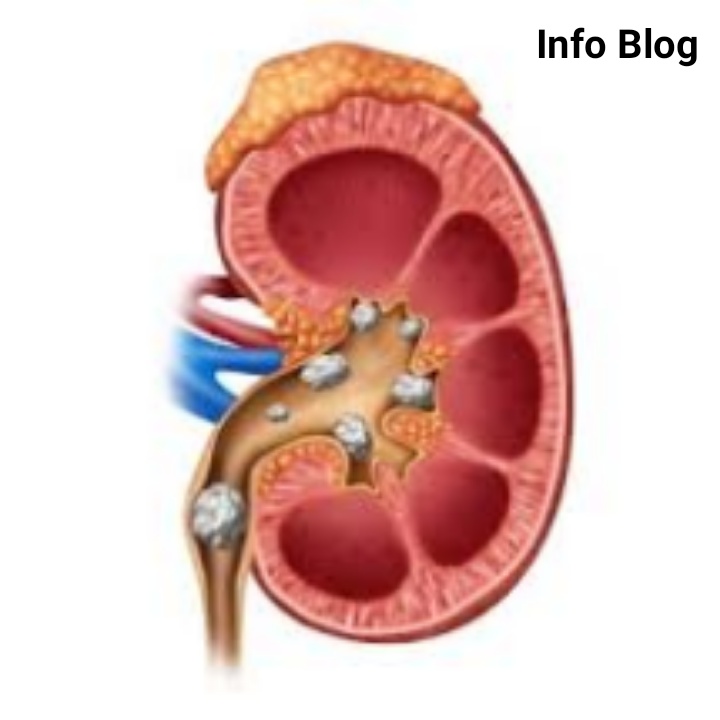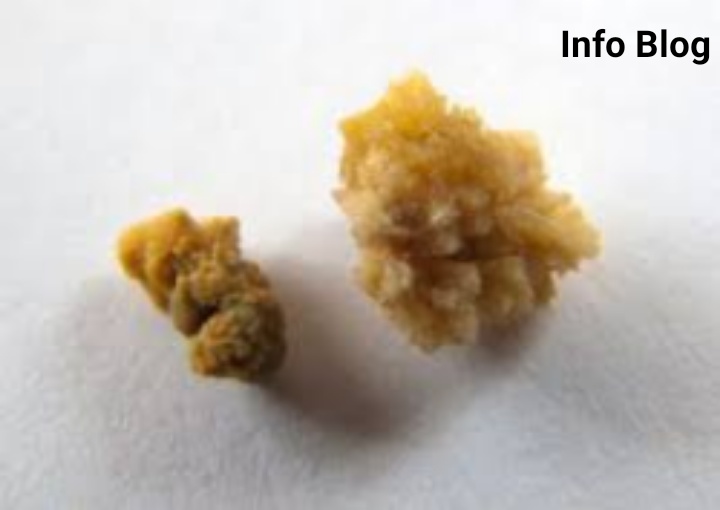Kidney Stones
 |
| Kidney Stones |
Do you have kidney stones? If you are reading this blog post then there is a chance that you do. Kidney stones are often painful episodes that a person experiences while they are drinking water. These painful episodes can occur when a person's urine contains too much oxalate, calcium, uric acid or other substances. This blog will give you information on kidney stones and how to manage them.
What is a kidney stone?
Kidney stones, also known as renal calculi, nephrolithiasis or urolithiasis, are hard deposits made of minerals and salts that form inside your kidneys. They are generally made of calcium oxalate, which is the most common type of kidney stone. They usually form during the passing of urine, but can also be formed in the kidney due to high levels of uric acid that are present in the blood. As the stone passes through the ureter, it gets stuck and begins to affect the kidney.
What are kidney stones?
Kidney stones are hard deposits made of minerals and salts that form inside your kidneys. These deposits can range in size from a grain of sand to a golf ball. They can block your urinary tract, causing pain and infection and may eventually lead to kidney failure. Most kidney stones are made of calcium oxalate crystals which are formed when you eat too much calcium, especially from salt and animal products. Most stones made of calcium oxalate are called calcium oxalate stones, and they are the most common type of kidney stones. If your kidneys are not functioning properly, they can't remove the excess calcium from your body. If your kidneys are not working properly, you may be at risk of a kidney stone.
What causes kidney stones?
Kidney stones can develop anywhere in your urinary tract. Kidney stones are often small, but they can grow to be as large as a golf ball. They are made of calcium, oxalate, uric acid, cystine and phosphate, and they can cause serious complications, including kidney failure and chronic pain. Symptoms of kidney stones can include pain in the flank, nausea, vomiting and diarrhea. Kidney stones are most common in people with high blood pressure, diabetes or chronic kidney disease. Other causes of kidney stones include taking certain drugs, having a diet rich in animal protein, and undergoing radiation treatment for cancer. There is no cure for kidney stones. Instead, the goal of treatment is to remove the kidney stones or prevent them from forming.
What are the symptoms of kidney stones?
Kidney stones usually develop slowly over a period of weeks or months. They may start as a small stone in your kidney or pelvis. As the stone grows, it can push against the wall of the kidney and cause discomfort. When the stone becomes large enough, it may cause back pain, flank pain, or swelling in your lower abdomen or groin. You may have a fever or feel unusually tired or weak. You may notice blood in your urine. You might have nausea, vomiting, or pain in your abdomen. It is important to visit the doctor if you have any of these symptoms. Kidney stones can be very painful. The pain can go away temporarily but will return if the stone is not removed. There are natural treatments and medications that can help to make kidney stones easier to pass.
How long can kidney stones last?
Kidney stones can last anywhere between a few weeks to many years. The time that it has been since your last stone is the best way to determine what the chances are of your stone coming back. If it has been less than a year, your chances are significantly higher than if it has been longer than a year.
How do I know if I have a kidney stone?
There are a few ways to know if you have a kidney stone. The most common way is to have a lot of pain when you urinate. This is usually accompanied by blood in your urine. In addition, a painful urination that lasts for more than four hours is a sign that you might have a kidney stone. You can also have a pain in your side or back, which is a sign that you might have a kidney stone. You can also have a dull ache in your back and pelvis. There are a few other signs that you might have a kidney stone. These include a change in your urine color, it being cloudy or light yellow, or a decrease in urine volume.
What are the treatment options for kidney stones?
Treatment goals for kidney stones may include relief of pain and discomfort, prevention of recurrence, and, in some cases, stone dissolution. The goals of treatment for individual patients will be based on the individual's specific anatomy, experience, symptoms, and tolerance for certain treatments. Treatment options for kidney stones may include.
Conclusion:
We hope you enjoyed our blog about kidney stones. We know that kidney stones can be uncomfortable and painful. We have provided a lot of information to help you understand what kidney stones are and how to prevent them. If you have any questions, please feel free to reach out to us at ___. Thank you for reading, we would love to hear from you!.
Kidney Related Articles:



